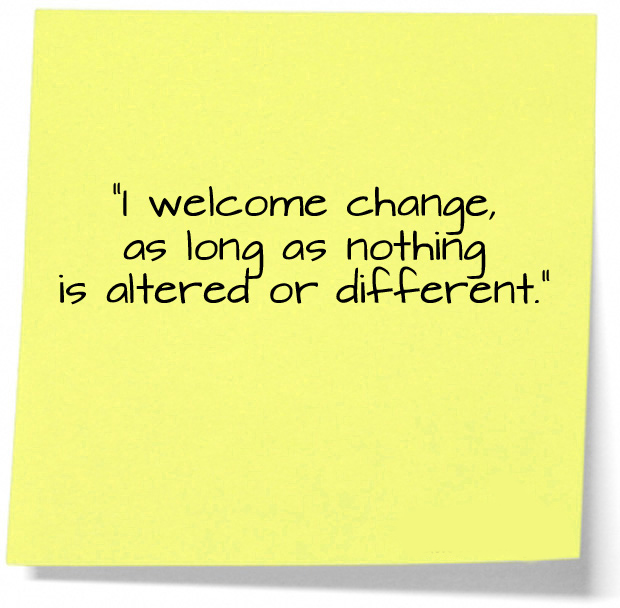My oldest daughter is about to graduate from UC Davis. She is a beautiful artist despite the economics degree she will receive in June.
As a very young girl, the artistic process dogged her a bit. A particular dragon she had repeatedly been drawing saw iteration after iteration rejected, balled up, and thrown across the room, landing not remotely close to the trash can.
As she sat on her bedroom floor clutching her drawing pad and wallowing amongst the crumpled carcasses of that poor dragon, she said, “my dragon just isn’t interesting at all. I draw her the same way every time, and she comes out looking plain. I just want a good-looking dragon, and I want to do it right.”
Not having experience with anything remotely artistic, I deftly grabbed my wife as she passed in the hall and handed off the problem.
“What story are you trying to tell about your dragon? she asked.”
It was a simple question, yet it took my daughter (and me) a bit of time to understand it. We realized that great art is not about what the piece looks like but what it feels like. A “good dragon” tells you a story, and a good story compels you to feel… something. A photo, painting, or movie might be beautiful because it makes you feel terrible. Beauty by itself is not that interesting until you put it in perspective until it’s personal and emotion is triggered.
I recall a recent trip to Yosemite National Park. As we circled the valley floor, we heard thunderous cries of excitement rolling across the meadow. We parked quickly and ran to where a throng of campers, tourists, and a couple of news crews had gathered and were pointing up at climbers scaling the face of El Capitan. We were surrounded by people taking photos of the climbers who, from that distance, looked like ants on a wall. The tourists were witnessing something extraordinary and were desperate to remember it, and, of course, snapped a picture. I’m sure a photo seemed like a good idea at the time, but much later, when the image is shared with an unwitting neighbor or friend, it will just be a large rock wall and undoubtedly won’t trigger an emotion.
A tip for better El Cap photos requires you to think about the desired emotion you want to preserve. Put your kids in front of that famous granite wall, facing it, with their backs towards you. Or better still, throw them up the wall a few feet. Resist the urge to ask them to smile, unless the emotion you want to convey is stilted awkwardness. Or perhaps, sit on the valley floor and take a photo of your children pointing up at The Nose. Now you’ve created a story with a perspective, and the emotion you’ve captured is their sense of awe of El Capitan.
It’s important to note that this rambling thought comes by way of a weekend away from the office. The emotion I’m trying to convey is one of thankfulness. But the question my wife asked our daughter 13 years ago can be applied to a lot more things. If you have a company, what story are you trying to tell? If you are running campaigns, what story are your ads, your website, your messaging telling your existing and future customers?




0 Comments